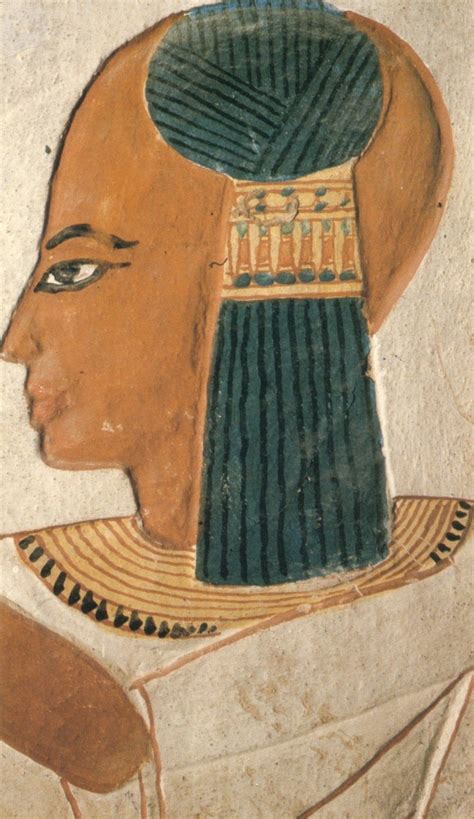Introduction
The long wig has played a significant role in human history, serving various purposes from religious rituals to fashion statements. With a rich history spanning over 3000 years, wigs have evolved significantly in terms of materials, styles, and social significance. This article traces the captivating journey of the long wig, exploring its origins, cultural influences, and enduring popularity.

Origins and Antiquity
Ancient Egypt: 3000 BCE
The earliest known evidence of wigs dates back to ancient Egypt, where they were worn as religious head coverings. Egyptians believed that wigs protected the head from the sun’s rays and facilitated communication with the gods. Wigs were typically made from human hair and adorned with elaborate ornaments.
Classical Greece: 500 BCE
In classical Greece, wigs were associated with wealth and status. Athenian women wore long, flowing wigs to enhance their beauty and distinguish themselves from lower classes. Wigs were also used in theatrical performances and religious ceremonies.
The Renaissance and Enlightenment
Renaissance Italy: 15th Century
During the Italian Renaissance, wigs became an essential fashion accessory for both men and women. Long, curled wigs were particularly popular, symbolizing youth and prosperity. Venetian lace wigs were highly sought after, representing the extravagance of the period.
18th-Century France: The Age of the Pouf
The 18th century witnessed the rise of the extravagant pouf, a towering wig worn by women that could reach heights of over two feet. Poufs were elaborately decorated with feathers, ribbons, and flowers, reflecting the lavish and flamboyant tastes of the French court.
Victorian Era and Beyond
Victorian England: 19th Century
In Victorian England, wigs became more subdued and understated. Women wore long, natural-looking wigs to cover their own hair, which was considered immodest to display. Wigs also served a practical purpose, protecting hair from the harsh Victorian environment.
20th-Century Hollywood: The Glamour of the Silver Screen
Long wigs regained their popularity in the 20th century, thanks to the glamour of Hollywood. Actresses like Marlene Dietrich and Rita Hayworth immortalized the look of long, flowing wigs, which became synonymous with Hollywood glamour and beauty.
Modern Applications
Today, long wigs continue to be used in various contexts, from fashion and entertainment to medical treatments and religious practices.
- Fashion: Wigs are worn to change appearance, enhance beauty, or create a specific character or style.
- Entertainment: Wigs are essential in theater, film, and television productions for creating characters and conveying different eras or cultures.
- Medical: Wigs are used as hair replacements for people suffering from hair loss due to medical conditions or treatments.
- Religious: Long wigs are still worn in some religious traditions as head coverings or symbols of holiness.
Key Features and Design Trends
Materials: Long wigs can be made from various materials, including:
- Human hair: Offers the most natural appearance and feel
- Synthetic hair: More affordable and easier to maintain
- Blends: Combinations of human and synthetic hair for a balance of cost and quality
Styles: Long wigs come in a wide range of styles, including:
- Straight: Classic and versatile
- Wavy: Adds texture and volume
- Curly: Creates a glamorous and dramatic look
- Braided: Intricate and eye-catching
Length: Long wigs can vary in length, typically falling between 18 and 32 inches. Longer wigs require more care and maintenance.
Benefits and Drawbacks
Benefits:
- Transform appearance: Wigs can instantly change your hair length, color, and style.
- Protect hair: Wigs can protect your natural hair from damage caused by styling, heat, or environmental factors.
- Boost confidence: A well-chosen wig can enhance your self-esteem and boost your confidence.
Drawbacks:
- Cost: High-quality wigs can be expensive.
- Maintenance: Long wigs require regular washing, conditioning, and styling, which can be time-consuming.
- Discomfort: Some people may find wigs uncomfortable or irritating to wear, especially for extended periods.
Common Mistakes to Avoid
- Choosing the wrong color or style: Select a wig that matches your natural hair color and style to avoid an unnatural appearance.
- Over-styling: Avoid over-styling your wig, as excessive heat or chemicals can damage the hair fibers.
- Neglecting maintenance: Regular washing and conditioning are essential to keep your wig looking its best and lasting longer.
Case Studies and Testimonials
Case Study: The Rise of Long Wigs in Bollywood
In recent years, long wigs have seen a surge in popularity in Bollywood, India’s vibrant film industry. Actresses like Deepika Padukone and Priyanka Chopra have embraced long wigs to create stunning characters and enhance their on-screen presence.
Testimonial:
“Long wigs allow me to transform into different characters and express myself creatively,” says Bollywood actress Anushka Sharma. “They help me bring my characters to life and create a lasting impact on the audience.”
Conclusion
The long wig has witnessed a remarkable evolution over centuries, from its origins in ancient Egypt to its enduring popularity in modern times. It has played a pivotal role in shaping fashion, culture, and entertainment, becoming an iconic symbol of beauty, glamour, and transformation. Whether worn for religious, practical, or aesthetic reasons, the long wig continues to be a beloved and versatile accessory that empowers individuals to express themselves and enhance their appearance.
